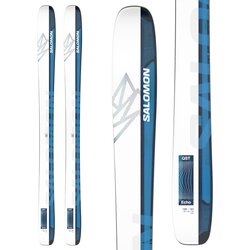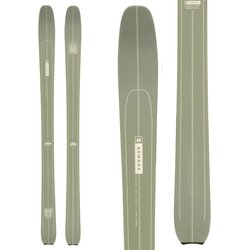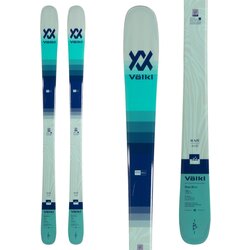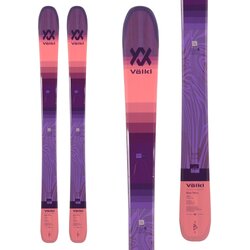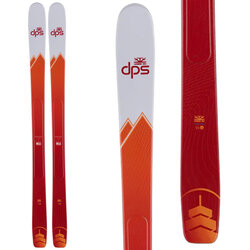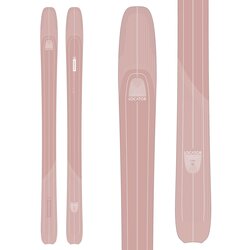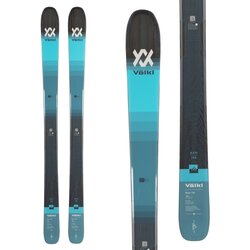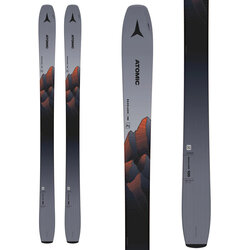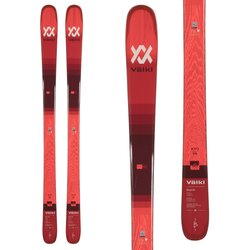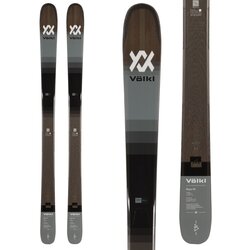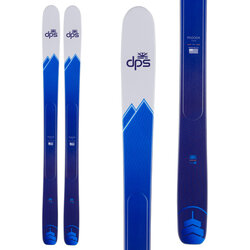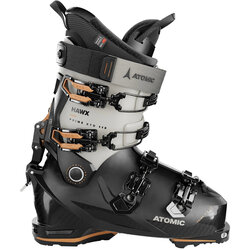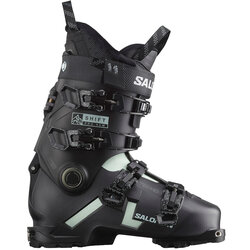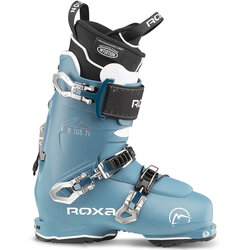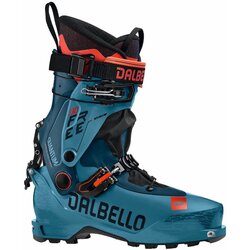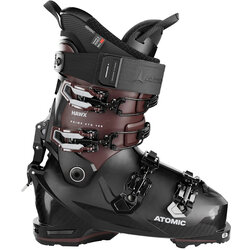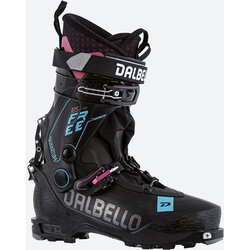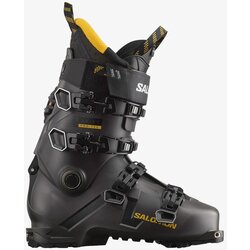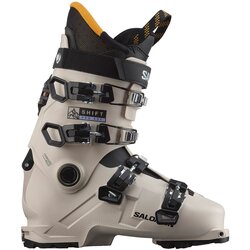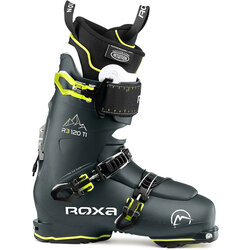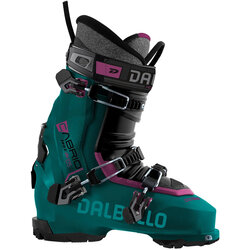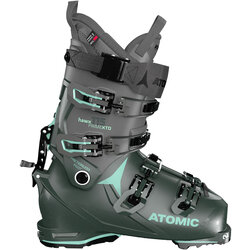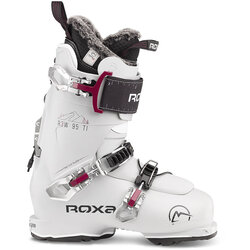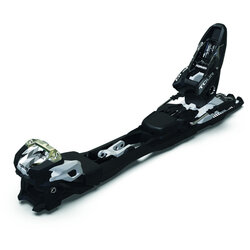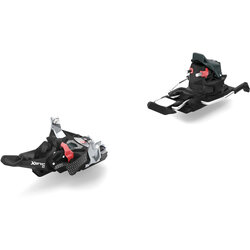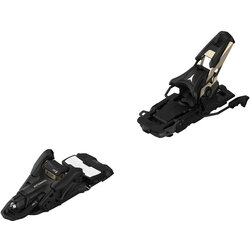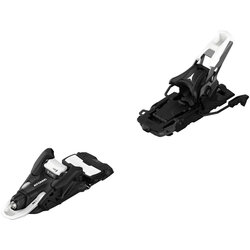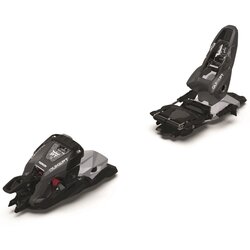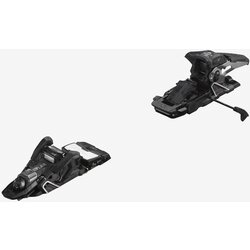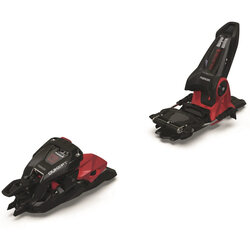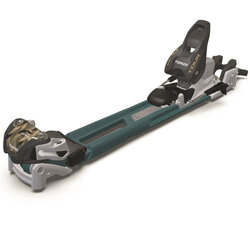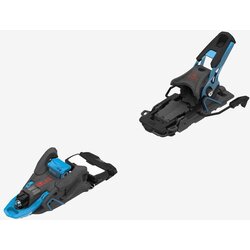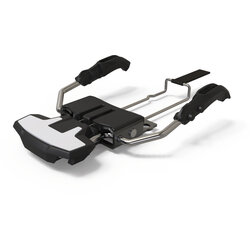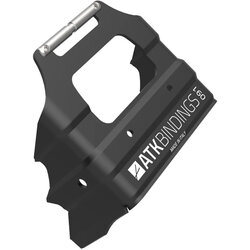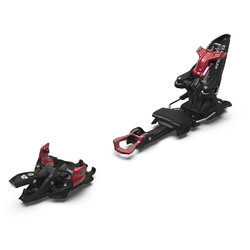
Alpine Touring Buyer's Guide
Everything you need to know.
With all the options and opinions out there, choosing the different components for a new alpine touring set-up can be pretty daunting. There's a lot to think about - skis, boots, bindings, skins, outerwear, safety gear - ugh! We're here to help! For the purpose of this article, and to keep it simple, we're going to focus on the skis, boots and bindings.
Still not sure? Use our Ski Finder.
What you should consider when buying Alpine Touring Skis
The truth is, you can alpine tour on any pair of skis that you are comfortable with and that is appropriate for the terrain and conditions you are skiing in. Like when buying most any tool, you want to get the right tool for the job. So it's a good idea to determine the demands of the terrain and conditions you'll be skiing in and what you are looking to get out of your alpine touring experience.
Here are a couple of questions to ask yourself:
What kind of skier am I?
Do you like to ski fast and aggressively? Are you happy to keep it easy and chill? Just like with on-piste skis, more aggressive skiers may feel limited by the performance of lighter weight skis. We suggest that most people look for a ski that will ski well on the downhill portions of your tour but won't bog you down on the uphills.
Where and how will I be using this ski?
Are you looking for a do-it-all kind of ski that you can take uphill to earn some turns in the morning, but can rip the groomers in the afternoon at the resort? This can really be almost any ski like we mention above. Since the uphill portions of most of your touring will be relatively short, 60-90 minutes, in this scenario weight needn't be a huge concern. And having a ski that is a little heavier will likely improve that skis performance when skiing down hill. To have good flotation in a range of uphill conditions, look for skis that are at least 90mm underfoot. And if you want to carve some nice turns on the way down, limit the underfoot measurement to about 100mm.
Are you looking to do day trips with your buddies focused on the après-ski indulgence? In this setting, the uphill segments will likely be a bit longer, 2+ hours, and the snow conditions more variable - both uphill and down. To make sure you stay on top of the snow when hiking uphill, whether you are following the skinning trail or breaking fresh tracks, look for skis that are a minimum of 100mm underfoot. Weight still doesn't need to be a huge consideration here since uphill speed probably isn't one of your major concerns, whereas you are still going to want to have a ski that will offer you stability and control in a wide variety of snow conditions on the downhills. Most manufacturers have at least a few skis in their line up that are designed and built to be lighter weight, while still performing well when skiing down hill in firmer, even icy, conditions.
What you should consider when buying Alpine Touring Boots
Answer the questions below to start narrowing the field of boots. Don't get distracted by shiny things. Even the most expensive, lightweight, technical feature packed boot will make for a miserable tour if you are using it in the wrong setting and asking more of the boot than it can offer. So be honest with yourself!
- What type of skiing do you plan to do in this boot? Aggressive big-mountain riding just outside of the resort, or week-long hut trips in the Alps?
- Will you be using your new boots at the resort, or exclusively for touring?
- What style of touring ski bindings will you be using with this boot?
- What's your ability level?
Uphill vs. Downhill Performance
Choosing AT boots all comes down to compromise. There is no boot out there that can offer the comfort of a hiking boot on the uphills and the rock solid support of an alpine race boot on the down hills. But with modern materials and manufacturing methods, touring boots have come a long way, offering skiers a ton of great options that do both well. Using the questions outlined above, you can get a feel for where your priorities are and choose a boot accordingly.
Instead of going through all the possible ways you could answer the question above, an easier way to think about the answer to the "what's my best option for AT boots?" question is with a couple of common use cases. Read through these and see which best describes you.
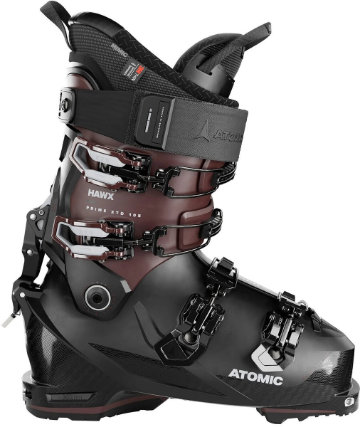
Use case #1: Bob
Bob has been skiing his whole life and raced through high school and college. Now that he has kids, he and his wife rent a condo each year over holiday break at the regional big mountain. Most days, Bob likes to get up before the family, hike the mountain's uphill skinning trail and earn a turn or two with a few friends before breakfast. After meeting up with family he likes to rip the rest of day doing lift laps with his son and daughter who are both becoming competent skiers in their own right.
Bob's needs are pretty common. He needs one boot he can use uphill and that provides solid downhill performance so he can carve his turns and keep up with his kids. Bob is best served by a solid cross-over AT boot. These boots will often look like full-on downhill boots to the uninitiated. Upon closer inspection they will reveal their alpine touring features - tech inserts on the DIN compatible toe and heel lugs, grippy, walkable soles and walk-modes. While lighter than their downhill boot counterparts, they aren't built to be crazy light but rather to offer more uphill comfort and function when hiking while still offering outstanding downhill performance.
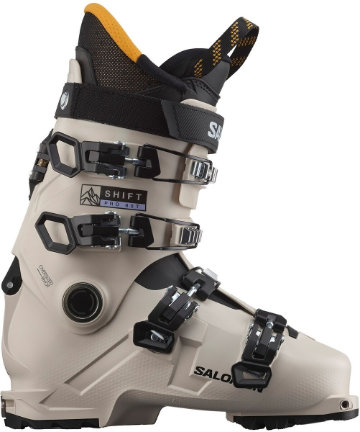
Use case #2: Caroline
Unlike Bob, Caroline just started skiing a couple seasons ago. Two years ago one of her cycling friends convinced her to go to the local mountain to do some laps on a newly opened uphill skinning trail. Caroline used borrowed skis and boots for that trip and she was hooked. Currently, she has most of the kit she needs, but till now has been using a pair of second hand alpine boots and alpine touring frame bindings. She's ready to lighten things up and leave the heel blisters behind and get some alpine touring boots of her own.
Caroline predominantly wants a boot that will increase hiking comfort and efficiency. She isn't all that concerned with downhill performance, but the boots should offer her confidence and control when skiing in varied conditions. Caroline should pick from the many mid-range AT boots on the market. Lightweight and packed with comfort features, these boots provide great uphill performance and comfort with walk modes that allow for a generous range of motion when hiking. Buckle and strap systems in this group are designed to make the transition from hike mode to ski mode quick and easy.
What you should consider when buying Alpine Touring Bindings
Just like with skis and boots, one style of AT binding does not work for everyone. It all depends on how you plan to use your ski set-up and what you want to get out of your alpine touring experience. So how do you choose AT bindings? Well walk you through everything you need to know to choose the perfect binding to complete your set-up.
What are AT Bindings?
A quick overview of what an alpine touring or AT binding is is important before diving in too deep. Like skis and boots, the difference between AT bindings is in the balance they strike between uphill and downhill performance. And it's that balance that you want to focus on when choosing the right binding for you.
When fully engaged in their respective "ski modes", AT bindings allow you to ski downhill using downhill skiing technique. The level of downhill performance each delivers varies based mostly on how focused the binding is on delivering uphill performance. Generally speaking, an AT binding that delivers great downhill performance will often sacrifice uphill performance, typically being heavier, so that it can be more rigid and allow to drive the skis better when ripping the second half of your lap.
When in "uphill mode", AT bindings allow you to lift your heels to make skinning and hiking more natural and comfortable. A binding designed to deliver a better uphill experience will oftentimes have added features that will make skinning and hiking more comfortable and natural. Features like additional heel lifts, sometimes referred to as Climbing Aids, increase the height of the heel platform so as the terrain steepens your heel does not need to drop as far, increasing comfort and making skinning on steep terrain feel more natural.
Types Alpine Touring Bindings
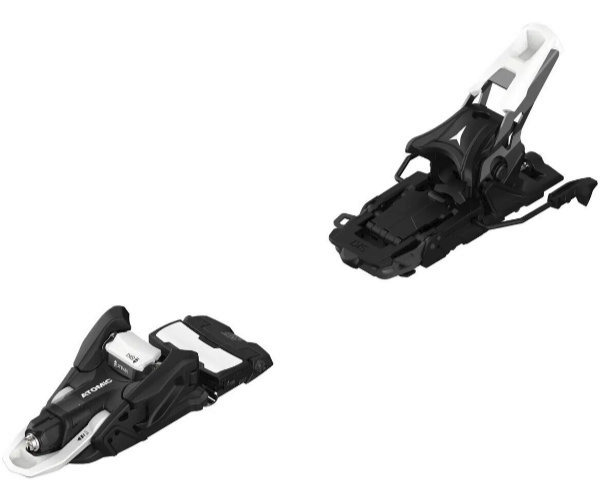
Tech-Style AT Bindings
Light weight
Natural pivot point when climbing
Need boots with tech inserts
There are many models now that ski like alpine bindings when going downhill.
Newer bindings in this category are fully DIN certified. Traditional tech bindings have no DIN certification.
Examples: Atomic and Salomon Shift Bindings (fully DIN certified)
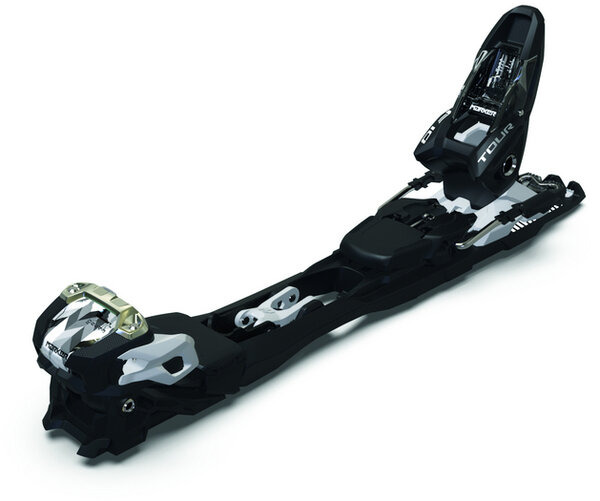
Frame AT Bindings
Ski just like an alpine binding
Works with all alpine boots
Fully DIN certified
Heavy
Can affect the flex of the ski underfoot
Pivot point at toe is not as natural for climbing
Examples: Marker F10 Tour, Marker F12 Tour EPF
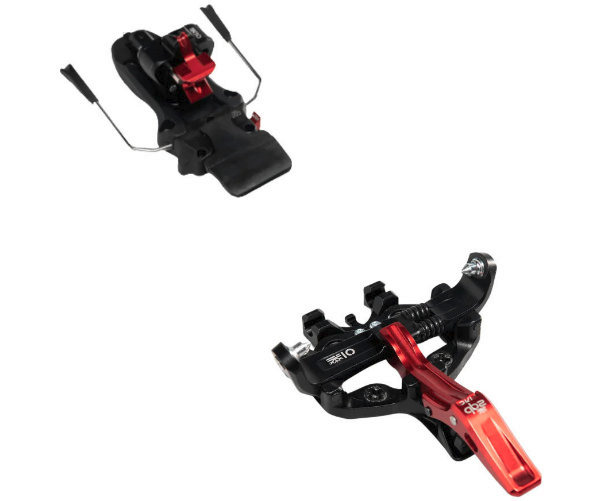
Hybrid AT Bindings
Lighter-weight
Natural pivoting point for climbing
Some models can perform similar to alpine bindings
Require tech inserts in boots
Examples: DPS R14 Touring Bindings, Black Diamond Fritschi Xenic 10 Alpine Touring Bindings

